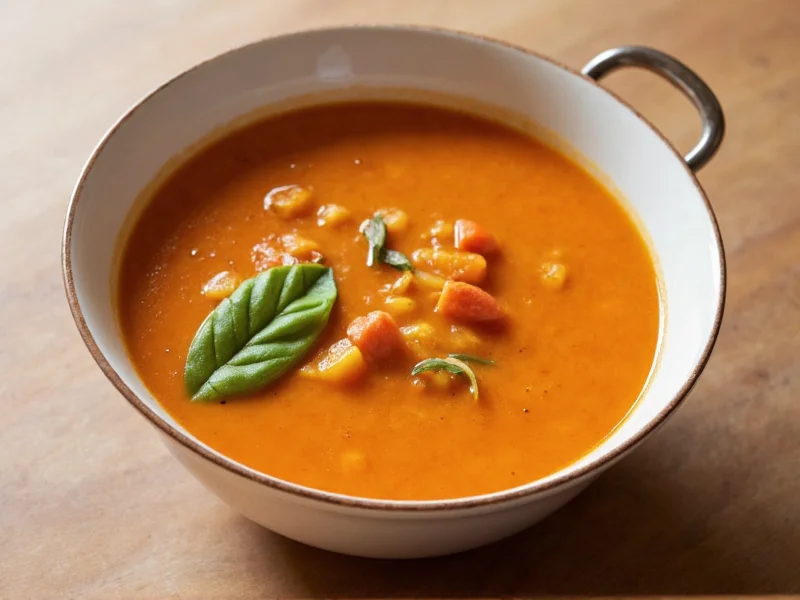Handled soup bowls represent a thoughtful evolution in tableware design that addresses practical challenges associated with serving and consuming hot liquids. Unlike traditional soup bowls without handles, these specialized vessels incorporate one or more grips that transform the user experience significantly. The handle serves multiple functional purposes while maintaining the essential form and function of a standard soup bowl.
Practical Benefits of Handles on Soup Bowls
The primary advantage of a handled soup bowl lies in heat management. When serving piping hot soups, stews, or broths, the handle creates a barrier between your fingers and the heated ceramic or stoneware material. This design feature eliminates the need for napkins or pot holders during casual dining, making the eating experience more convenient and enjoyable.
Ergonomic soup bowl handle design also improves stability. The additional grip point helps prevent accidental spills, particularly important for children, elderly individuals, or anyone with limited dexterity. This enhanced control makes handled bowls ideal for restaurant settings where efficiency and spill prevention are priorities.
Another often-overlooked benefit involves accessibility. For individuals with arthritis or other hand conditions, the handle provides a more comfortable grip than trying to cradle a traditional bowl. This inclusive design element makes soup consumption more accessible across diverse populations.
Common Materials for Handled Soup Bowls
Understanding the different materials used in soup bowls with handles helps consumers make informed decisions based on their specific needs and preferences. Each material offers unique thermal properties, durability characteristics, and aesthetic qualities.
| Material | Heat Retention | Durability | Best For |
|---|---|---|---|
| Ceramic | Excellent | Moderate | Daily use, decorative settings |
| Stoneware | Very Good | High | Restaurant use, frequent entertaining |
| Porcelain | Good | Moderate | Formal dining, special occasions |
| Melamine | Poor | Very High | Outdoor use, children's settings |
Ceramic soup bowls with handles remain the most popular choice for home use due to their excellent heat retention and wide range of decorative options. High-quality ceramic maintains temperature well while offering substantial weight that feels substantial in the hand.
Stoneware options provide superior durability for commercial settings where handled soup bowls experience frequent use and washing. The thicker construction withstands restaurant dishwasher cycles better than standard ceramic while still providing effective heat protection through the handle.
Sizing Considerations for Handled Soup Bowls
Selecting the appropriate size for your soup bowl with handle depends on intended use and portion preferences. Standard measurements vary across manufacturers, but certain guidelines help ensure proper selection:
- Traditional soup portions: 8-12 ounces capacity (ideal for first courses)
- Main course soups: 16-20 ounces capacity (chowders, hearty stews)
- Dipping applications: 4-6 ounces capacity (for sauces, small portions)
The diameter-to-depth ratio significantly impacts functionality. Wider, shallower handled soup bowls work better for chunky soups where spoon access matters, while deeper, narrower designs suit broth-based soups that benefit from heat retention. When evaluating ergonomic soup bowl handle design, ensure the handle position accommodates your natural grip without interfering with spoon movement.
Proper Care for Longevity
Maintaining your handled soup bowl properly extends its lifespan and preserves its appearance. Different materials require specific care approaches:
Ceramic and stoneware handled soup bowls generally tolerate dishwasher use, though hand washing preserves glaze integrity longer. Avoid sudden temperature changes that could cause thermal shock—never place a hot handled bowl directly on a cold surface or in cold water. For stubborn residue, soak in warm, soapy water rather than using abrasive cleaners that could damage the surface.
When stacking handled soup bowls for storage, place a soft cloth or paper towel between each piece to prevent handle chipping. This precaution proves especially important for delicate porcelain varieties with ornate handle designs. Proper storage prevents the most common damage points on handled soup bowls—the connection between bowl and handle.
Historical Context of Handled Soup Bowls
The evolution of the handled soup bowl reflects changing dining practices throughout history. Early soup vessels rarely featured handles, as soups were often consumed from shared pots using ladles. The introduction of individual soup plates in the 18th century began the transition toward personal serving pieces.
By the Victorian era, specialized soup tureens and matching bowls became standard in formal dining. Handles appeared as practical additions when soup consumption moved from formal dining rooms to more casual settings. The mid-20th century saw the widespread adoption of handled soup bowls in both restaurant and home settings as casual dining gained popularity.
Today's ergonomic soup bowl handle design represents the culmination of centuries of refinement, balancing aesthetic considerations with practical functionality. Modern manufacturers continue to innovate with heat-resistant materials and improved grip designs that enhance the user experience while maintaining traditional forms.
Selecting the Right Handled Soup Bowl
Choosing the best soup bowl with handle for hot soup requires considering several factors beyond mere aesthetics. First, evaluate the handle's ergonomics—does it provide a comfortable grip that accommodates your hand size? Test the balance when filled with liquid to ensure stability.
Consider the intended use environment. For restaurant applications, prioritize durability with commercial-grade stoneware. For home use, ceramic soup bowls with handles offer the best balance of aesthetics and functionality. If serving temperature retention matters most, select thicker-walled options that maintain heat longer.
Examine the handle attachment point carefully. The strongest handled soup bowls feature handles that integrate seamlessly with the bowl structure rather than appearing as afterthought additions. This construction detail significantly impacts longevity, especially for frequently used pieces.











 浙公网安备
33010002000092号
浙公网安备
33010002000092号 浙B2-20120091-4
浙B2-20120091-4